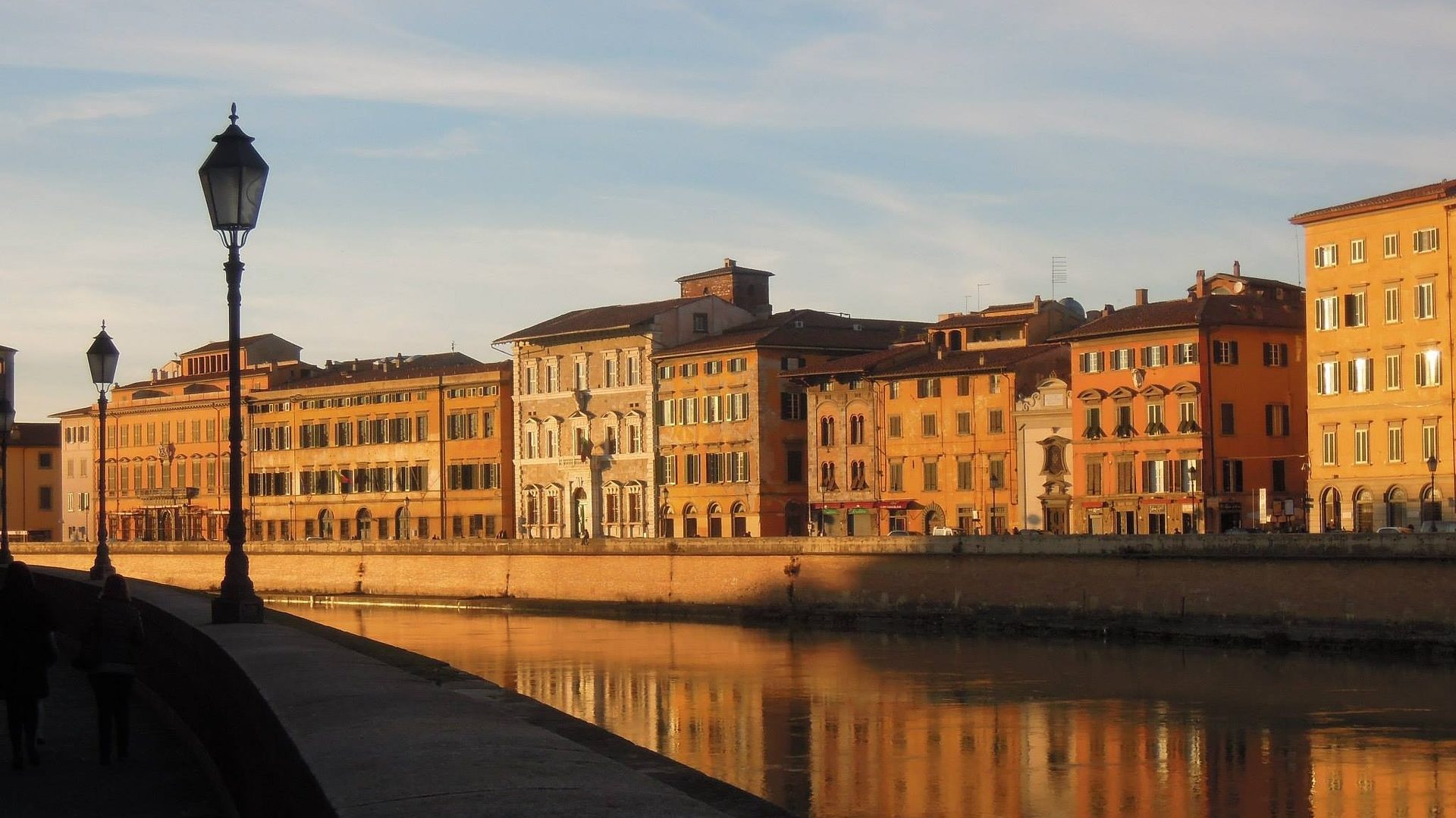The Battle on the Bridge comes alive with two armies dressed in elaborate and shimmering sixteenth century Spanish costumes. It is divided into five phases: the march of the troops along the Lungarni until their arrival in their respective bases, the formal opening of the battle by the Anziano Rettore, the “call to arms” by the troops, the challenges made by ambassadors on horseback, and finally, the battle itself, as the various magistrature compete under the strategic command of their respective leaders.
Next battle on the bridge wil be saturday 25th June. Info and tickets
History
The origins of the Battle on the Bridge are unclear, although it almost certainly originated from the so-called “mazzascudo” when Pisans trained in intense battles in Piazza degli Anziani (known as Piazza dei Cavalieri). Mazzascudo was a military simulation divided into two parts in which single players dressed in armor and armed with clubs and shields (“mazze” and “scudo” from which the name of game derives) would compete against one another all day and then later again in a wider battle with combatants divided into two groups, called “Gallo” and “Gazza”.
Centuries later, certainly around 16th century and again around 18th century, a game was again proposed in another area of the city that, in its evolving state, only partially resembled the dynamics and spirit of mazzascudo. Yesterday and today, the scope of the game is to conquer the bridge occupied by the enemy.
It is a game that has changed a great deal over time, mixing elements and traces of past ages, beginning in the sixteenth century under the Medici and later with the Lorraine Grand Dukes in the second half of the eighteenth century, when the costumes worn on the last Saturday in June were tailored.
Over the twentieth century, in the 1930s, 1950s, and 1960s, the Battle on the Bridge was held intermittently. Since 1982 the battle between the Tramontana and the Mezzogiorno has been held without interruption. The game consists of a large iron cart weighing several tons pushed on rails by two groups of twenty powerful combatants guided by captains who defend the colors of their own neighborhood team with their own particular colors, symbol, and slogan. The historical neighborhoods for the Mezzogiorno are: S.Antonio, S.Martino, S.Marco, Delfini, Leoni, Dragoni while those for the Tramontana are: S.Maria, S.Francesco, S.Michele, Mattaccini, Satiri, Calci.

